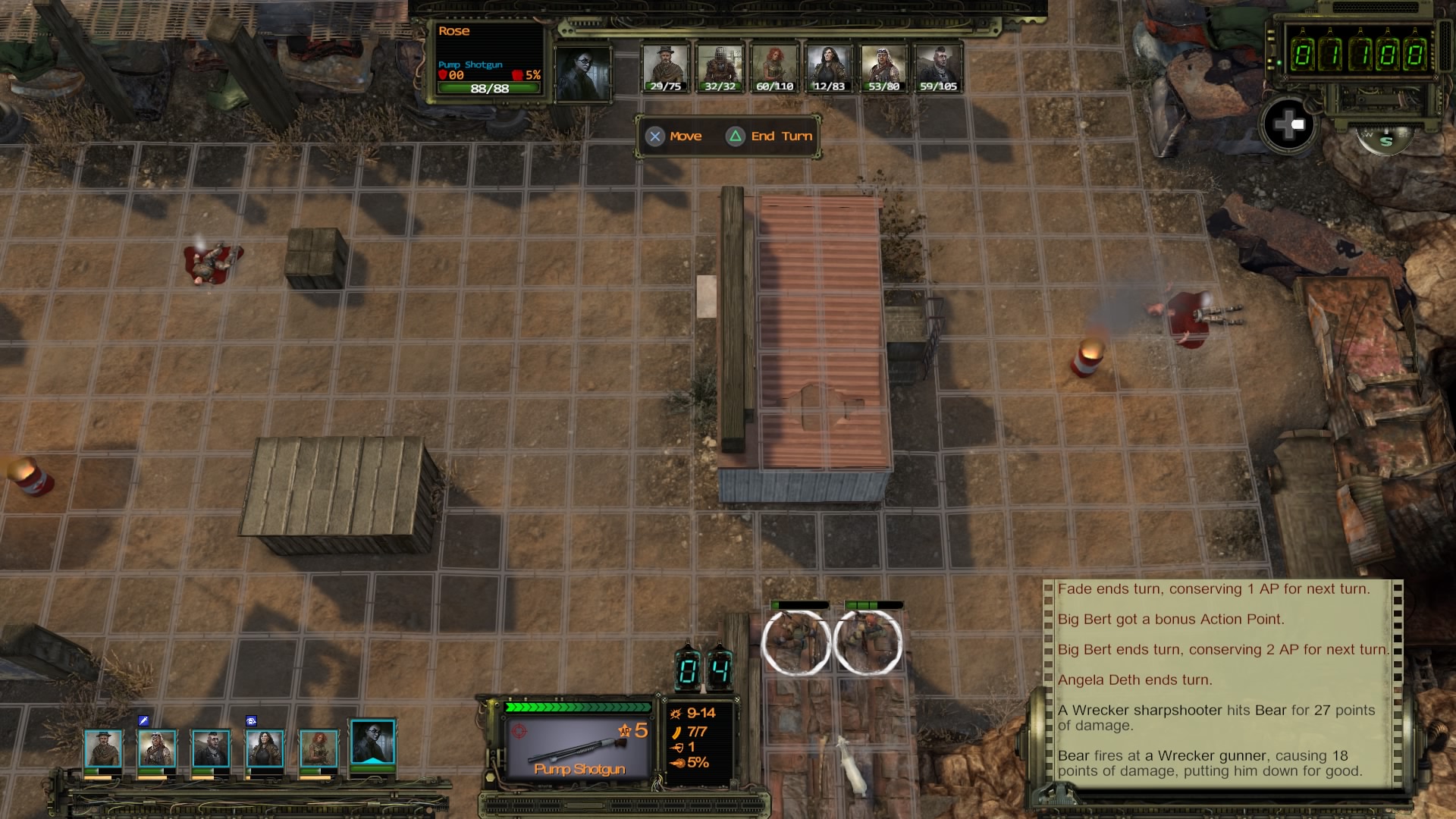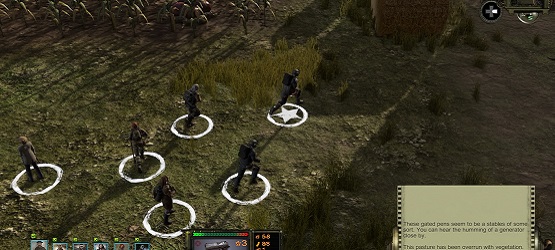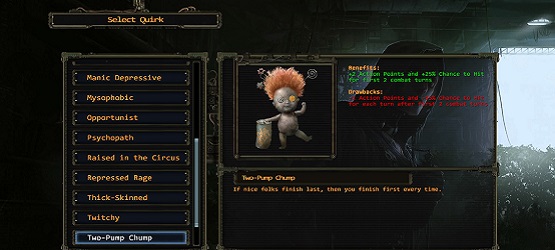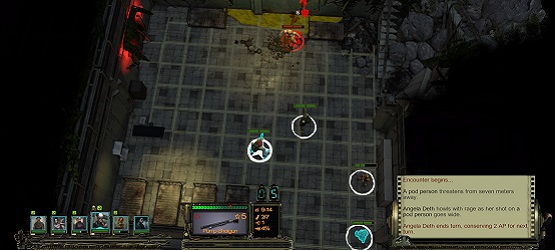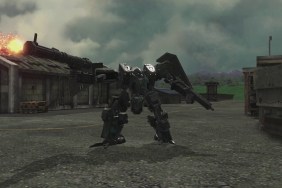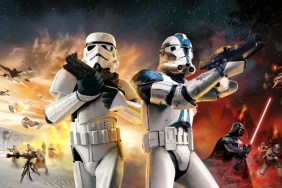Wasteland 2: Director’s Cut feels like the game Fallout 3 probably would have been if it hadn’t given up its party-based, isometric roots. Taking place in a post-apocalyptic world, the title puts players in control of a party of Rangers, with Rangers being an organized group of people who seek to protect and monitor the remaining factions and individuals left in the world.
Going on a Mission
The main mission of the game, at least at first, is to establish connections with various radio towers in across the desert landscape, which means traveling to various places and physically installing pieces of equipment to the towers. Of course, this isn’t as easy as it sounds, as the game world is filled with enemies, both human and otherwise, and side-missions pop-up at every turn, creating diversions from the main story. At the same time, mission locations can be hard to find. Even though players have access to a journal where vague descriptions of the missions are presented, the map doesn’t highlight the areas where those missions can be undertaken, and I often found myself wandering around various areas looking for certain objectives.
Besides doing the missions, players are free to traverse an open overworld map, which is lightly peppered with places to explore. Each area on the overworld map generally contains a few large maps in itself which can be freely explored. In these areas, players can attack enemies, talk with NPCs, explore dungeon-esque places, look for loot, and more, offering up hours and hours of gameplay. On top of that, while wandering around the overworld, random encounters can occur, such as an enemy group attacking or a merchant appearing, offering additional places to move about it. While the player is simply represented by a badge and an arrow in the overworld, he has to take control of a whole party of characters once inside any of the map’s areas.
So Many Skills
Before starting the game, players have the option to either create four characters, or choose some that are premade. While there are only a small handful of different visual to apply to a character, such as a different character portrait or maybe a slightly different hairstyle, face, or jacket, the things that really set characters apart are their skills. There are a massive amount of both combat oriented and non-combat focused skills. These skills include anything from lock picking, toaster repair, surgery, and demolitions, to pistol efficiently, sharp weapon efficiency, and more. Choosing which skills to put points into and which skills to ignore is vital in Wasteland 2, but since there are far too many skills for just one character to be decent at, the real challenge becomes trying to create a party of characters whose skills are both individually unique yet collectively can accomplish anything.
At first, players only begin with four party members, but as time goes on, more and more NPC characters can be persuaded to join the party. Any party member who is not part of the original four, however, has the option in combat to sort of go rogue, meaning the computer will control his or her actions. This can be problematic when setting up combat strategies, as a rogue character can completely tear any well-planned strategies to shreds. That can be a major problem, as combat, if anything, is highly strategic.
Unlike the rest of the game, combat is turn-based. When enemies are either too near or they notice the party, the normally free-movement gameplay instantly pauses, a grid comes down and covers the ground, and a system of action points is implemented, with each character having only a certain number of points a turn, but movement and actions taking up those points. Like many other turn-based games, the trick, then, becomes trying to create a balance between movement and attacking. Wasteland 2 manages to take it up a notch by adding a miss/hit system. This system ensures that any character who didn’t allocate a number of points into combat skills will have minimal chances of actually being able to hit opponents, especially if they are hiding behind cover. Considering there’s always a constant struggle to find enough ammo for all the party members’ guns, the hit/miss system makes combat particularly thought-provoking. It also doesn’t help that party members can die permanently in combat, and while it doesn’t mean the game is over if a few party members die, it will make future missions much, much harder.
Despite the deeply strategic combat, however, the most difficult thing to deal with is the UI. Wasteland 2 was very obviously made for a keyboard and mouse, and it apparently had a hard time transitioning to console controllers. Things that should be simple, like opening doors, is made slightly challenging by the fact that the party has to be aiming directly at an object for it to be highlighted. Even aiming at enemies during combat can be hard, as the joystick seems to have a hard time moving across the combat grid. The camera controls seem off, too, and it is especially tricky to move the camera around the map, since it requires an entirely different mode to be toggled. Besides the controls, the on-screen text also wasn’t optimized correctly, and on TVs that are far away or are smaller, like the one in my bedroom, it is nearly impossible to read any of the countless lines of dialogue text or description text on the screen.
If you can get past the UI and control issues, then by all means, get Wasteland 2: Director’s Cut on PlayStation 4. It offers up hours of engrossing and strategic gameplay, and is probably worth the $39.99 if you’re a fan of old-school RPGs. However, if you have a decent PC, then I recommend getting it on there – it’ll be a better optimized experience.
Review copy for Wasteland 2 Director’s Cut provided by publisher. Reviewed on PlayStation 4. For more information on scoring, please read our Review Policy here.
-
Hours of gameplay
-
Tons of skills to gain and level up
-
Strategic combat
-
Old-school RPG style
-
Terribly unoptimized UI and controls
-
Mission locations can be hard to locate
Wasteland 2: Director's Cut Review Gallery
-
Wasteland 2: Director's Cut Review Gallery
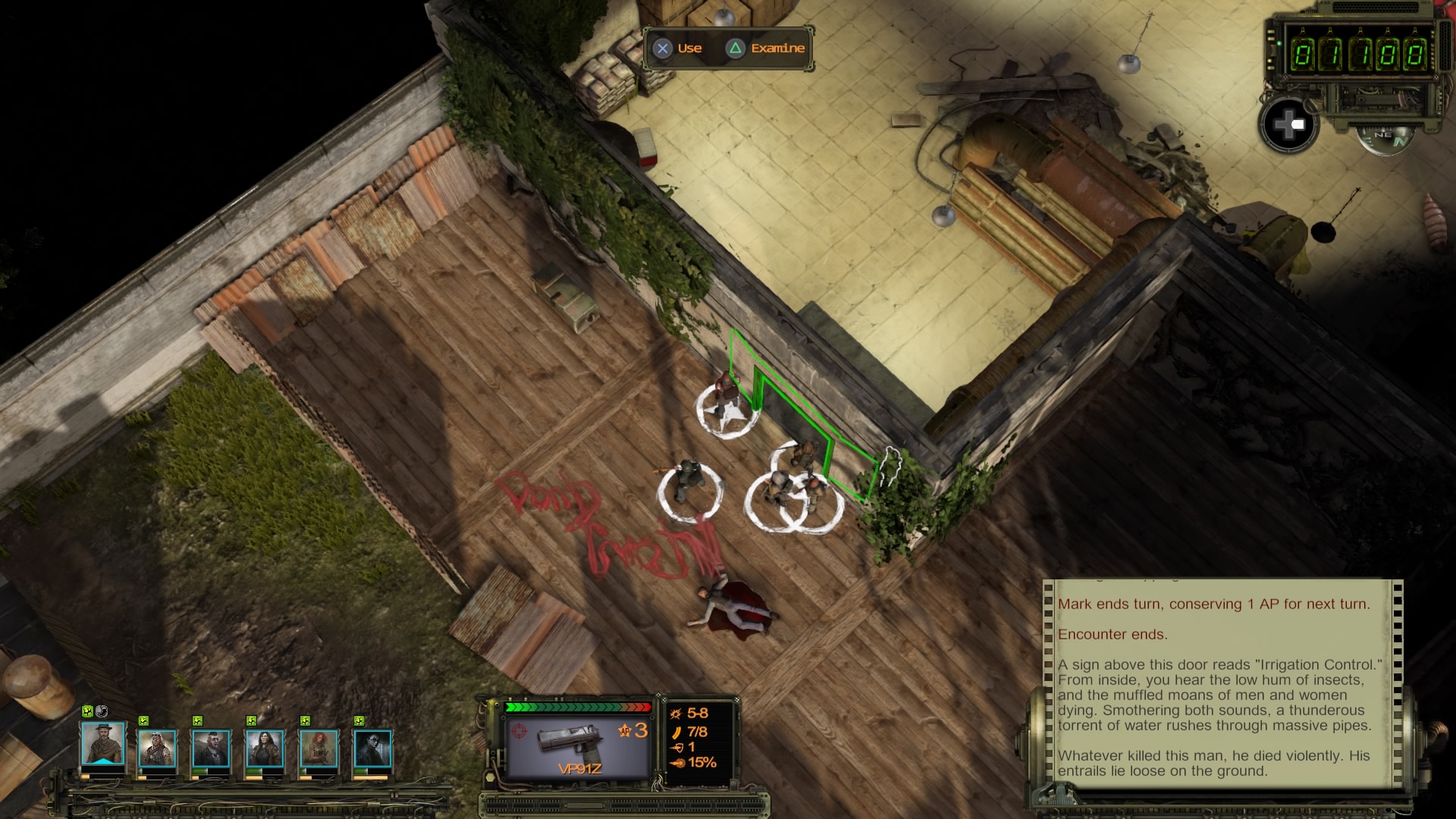
-
Wasteland 2: Director's Cut Review Gallery
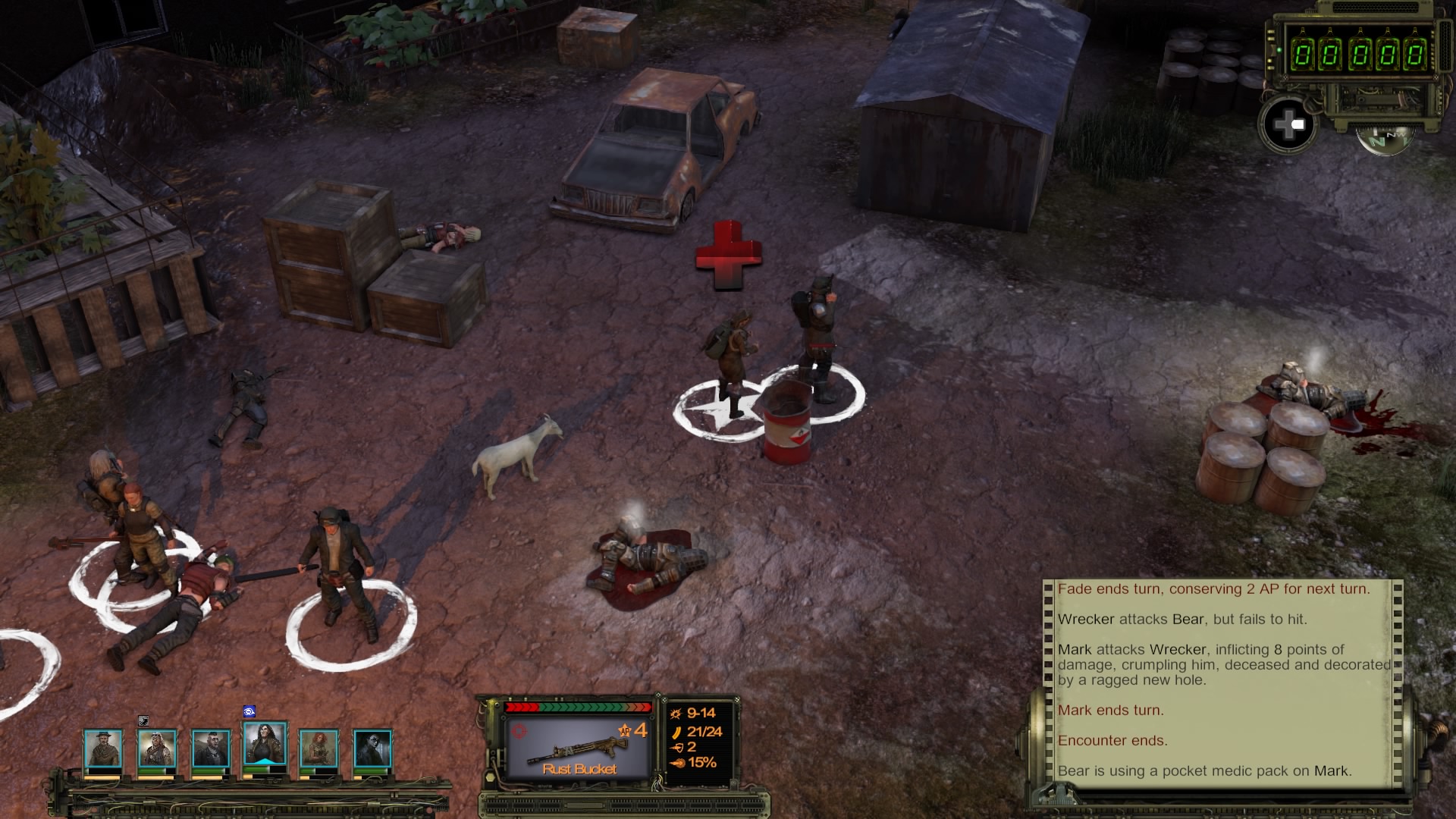
-
Wasteland 2: Director's Cut Review Gallery

-
Wasteland 2: Director's Cut Review Gallery

-
Wasteland 2: Director's Cut Review Gallery
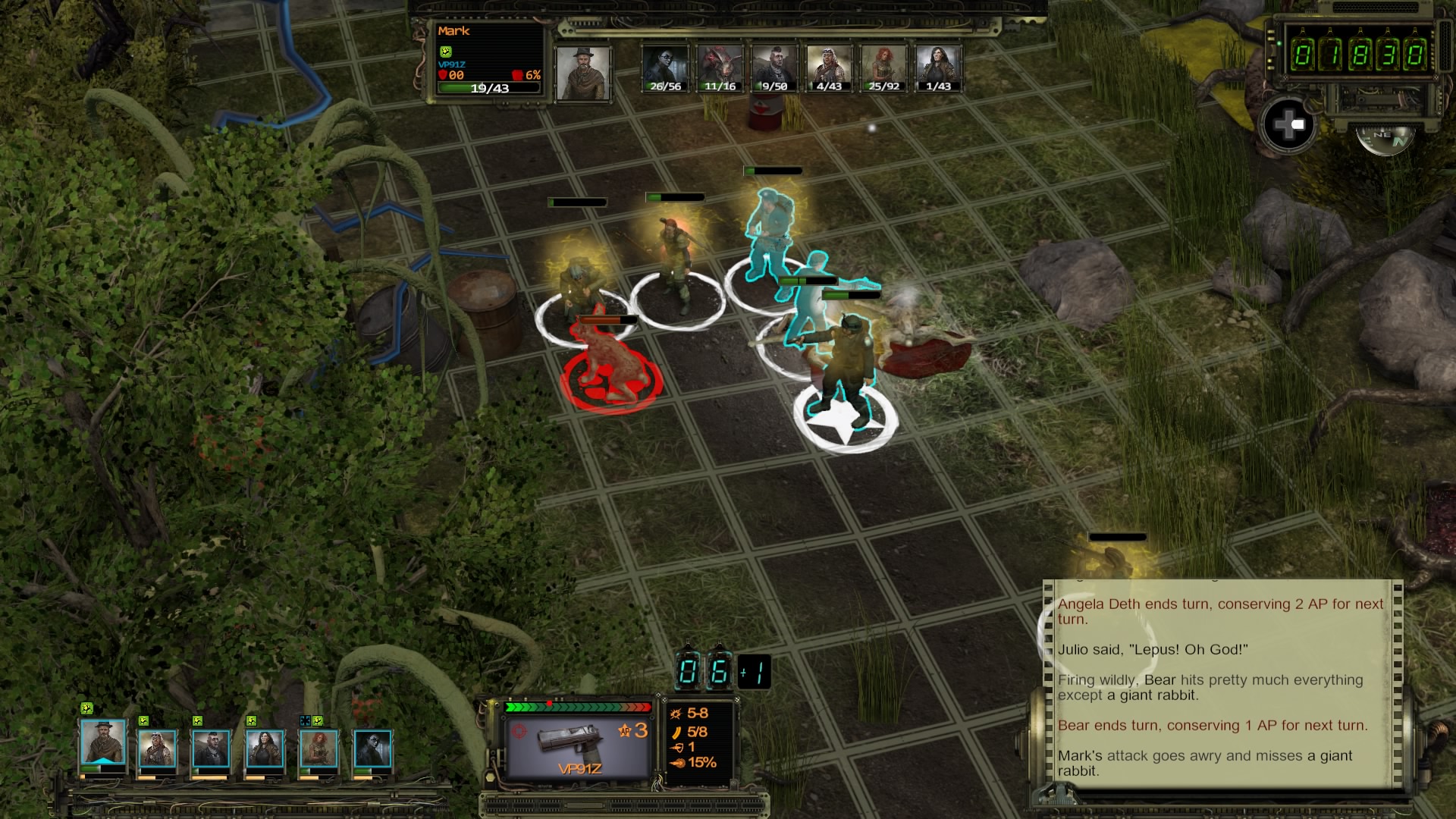
-
Wasteland 2: Director's Cut Review Gallery
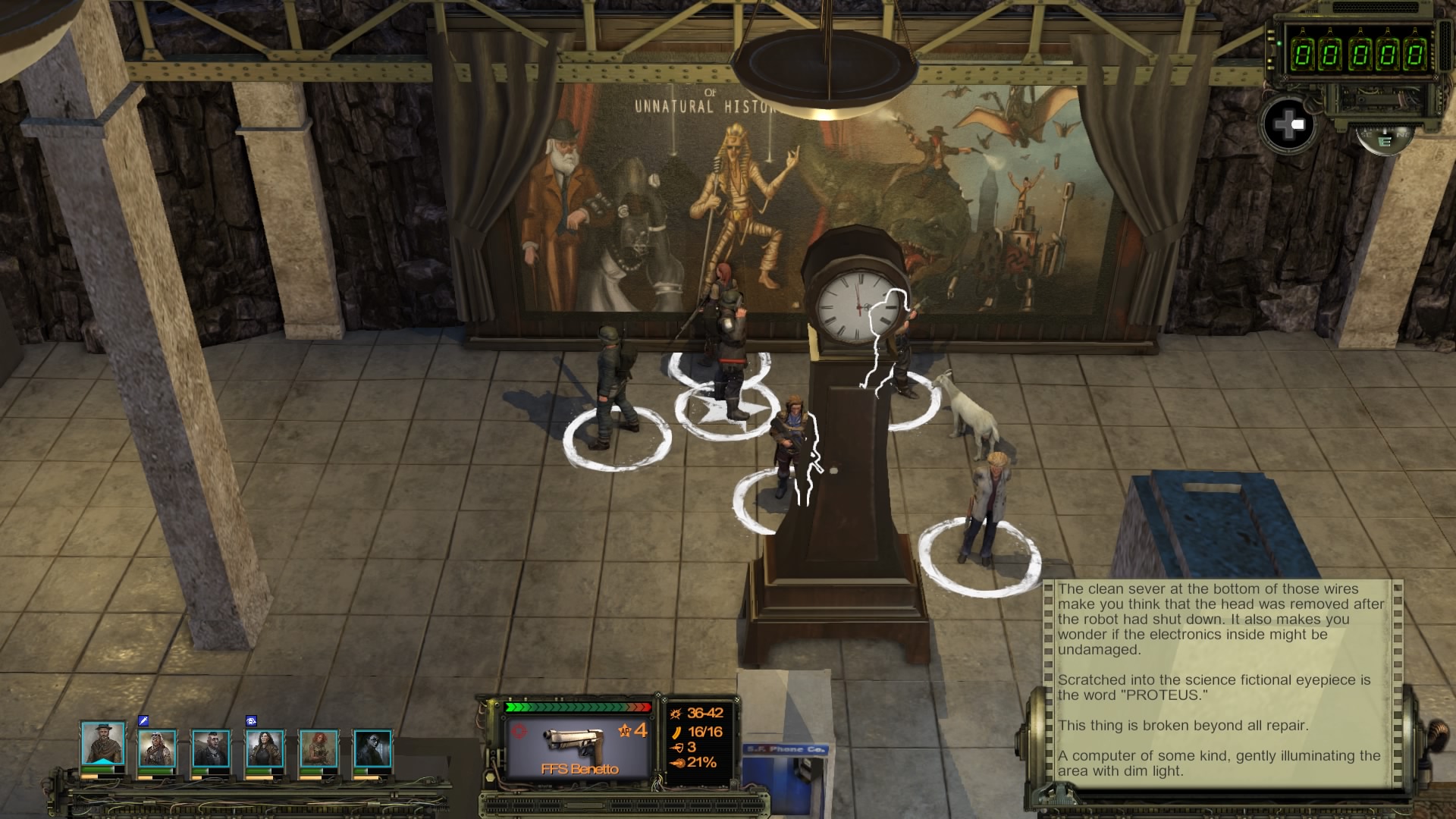
-
Wasteland 2: Director's Cut Review Gallery
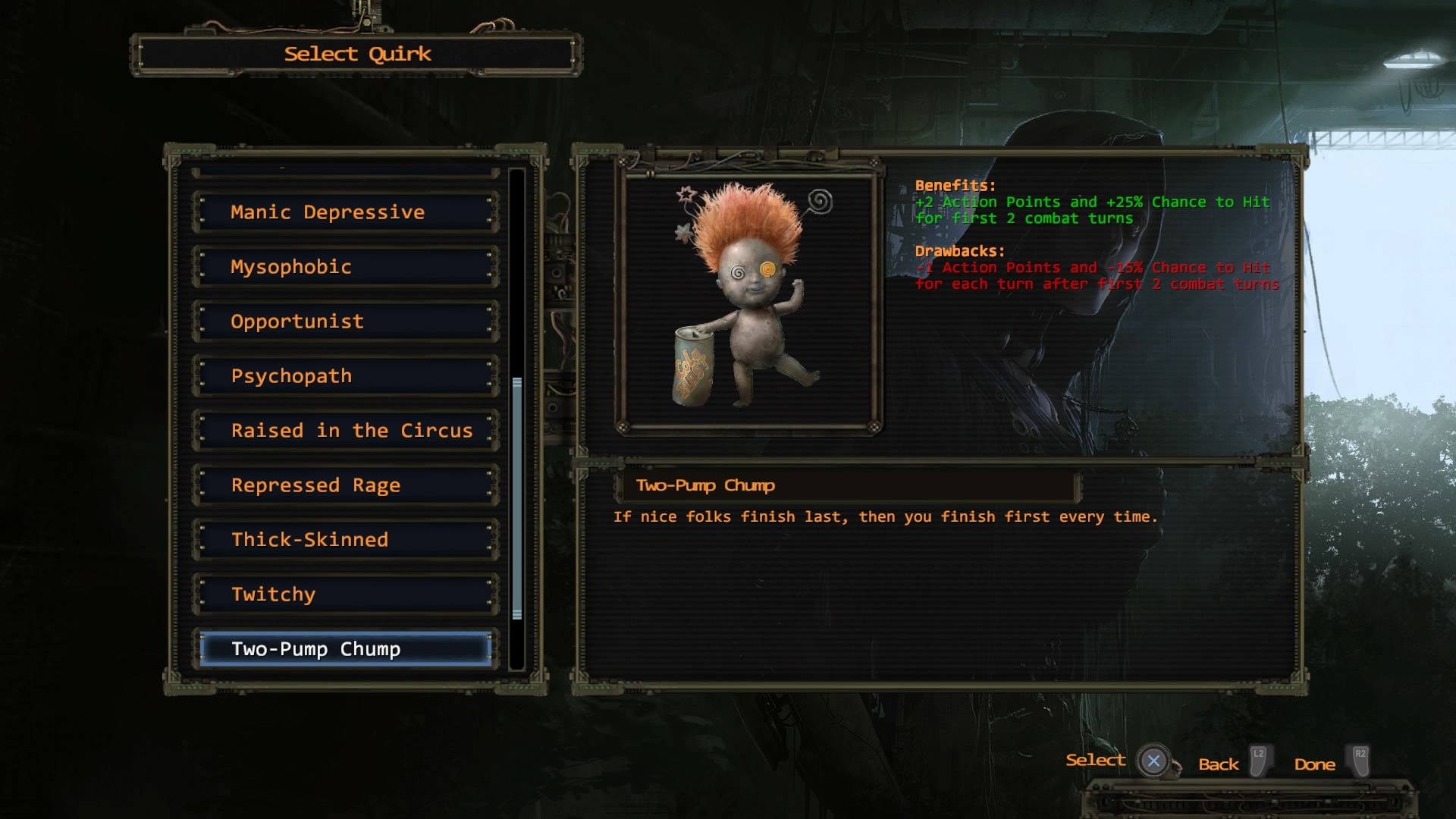
-
Wasteland 2: Director's Cut Review Gallery
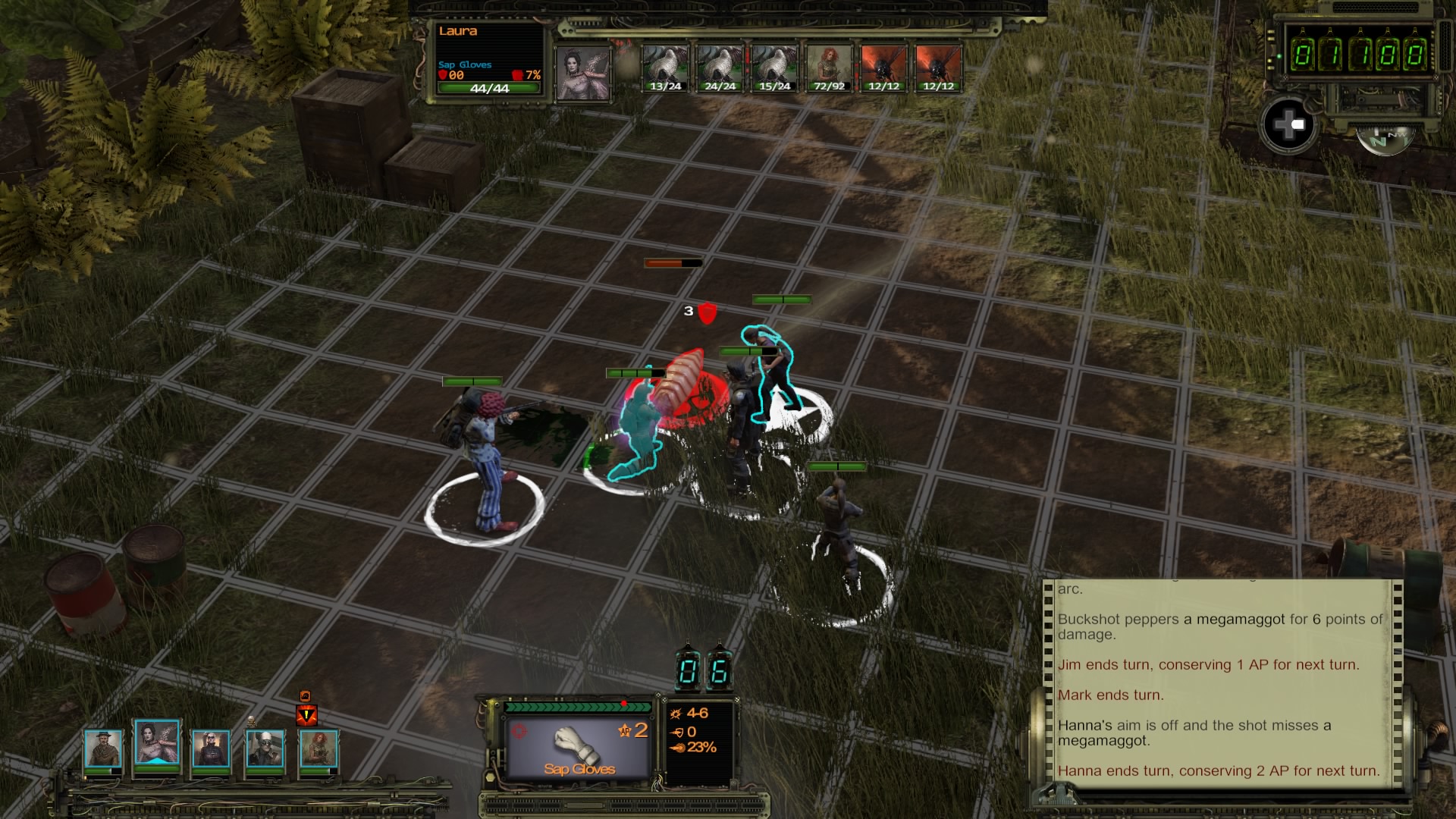
-
Wasteland 2: Director's Cut Review Gallery

-
Wasteland 2: Director's Cut Review Gallery

-
Wasteland 2: Director's Cut Review Gallery
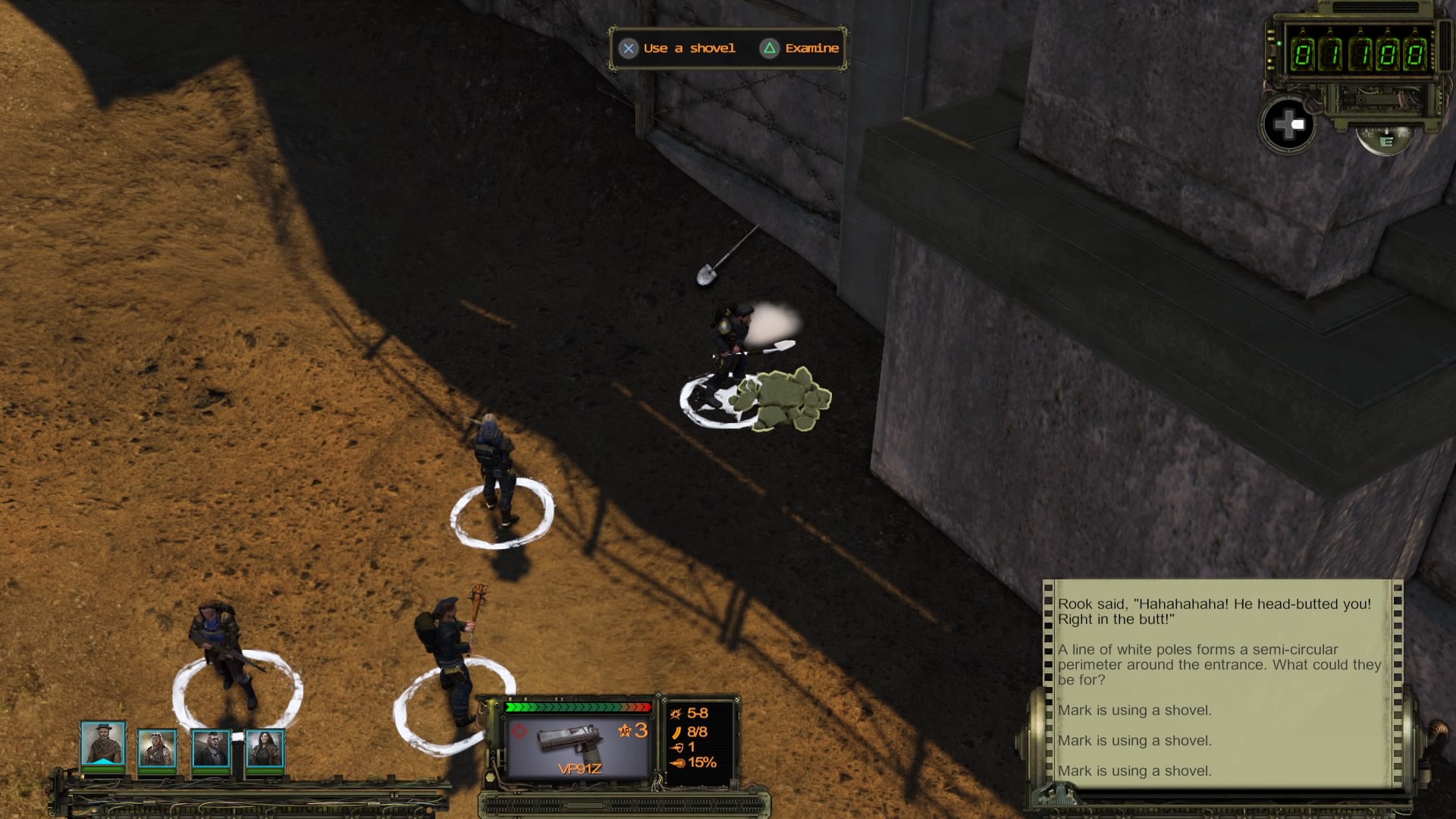
-
Wasteland 2: Director's Cut Review Gallery
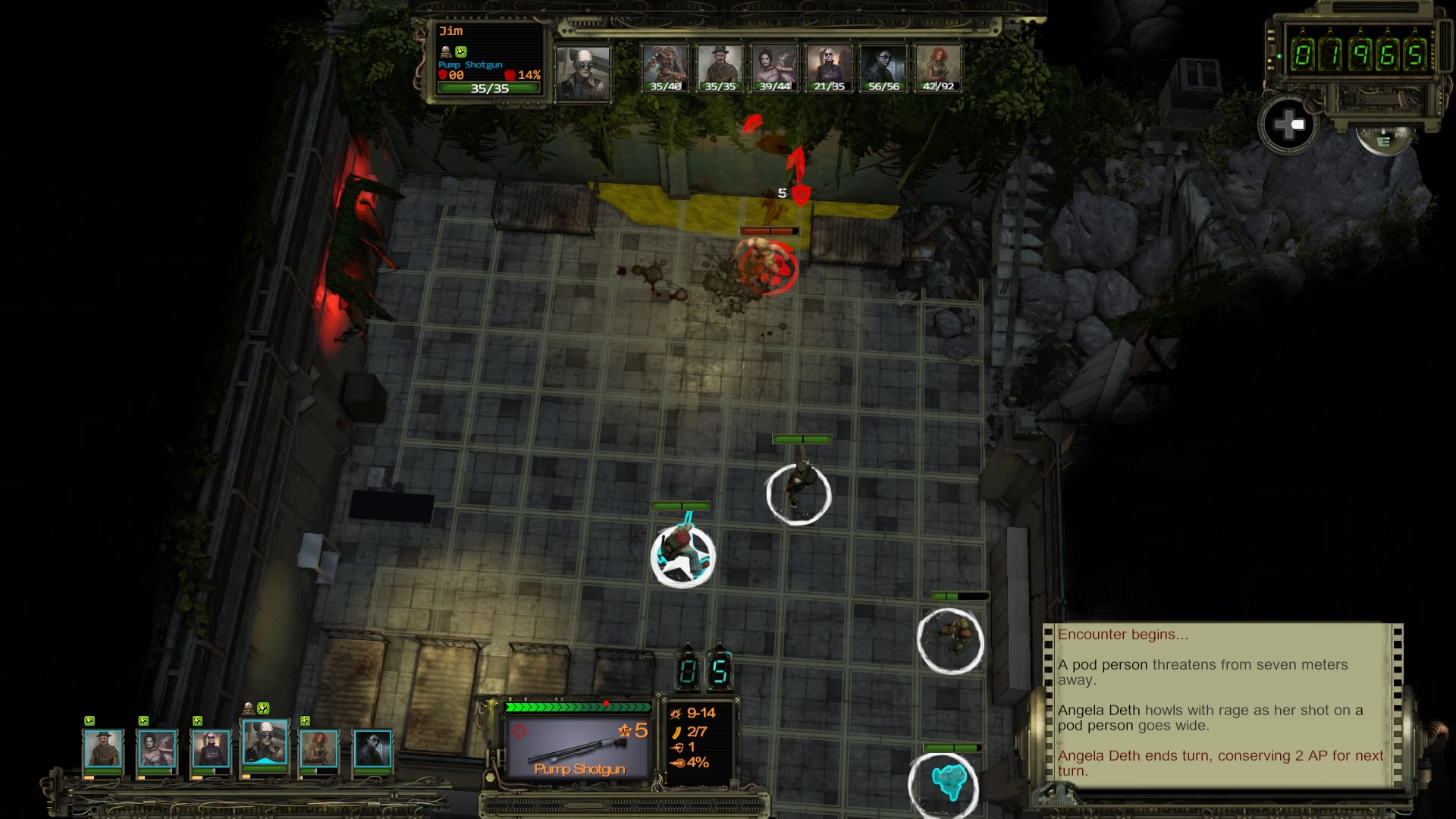
-
Wasteland 2: Director's Cut Review Gallery
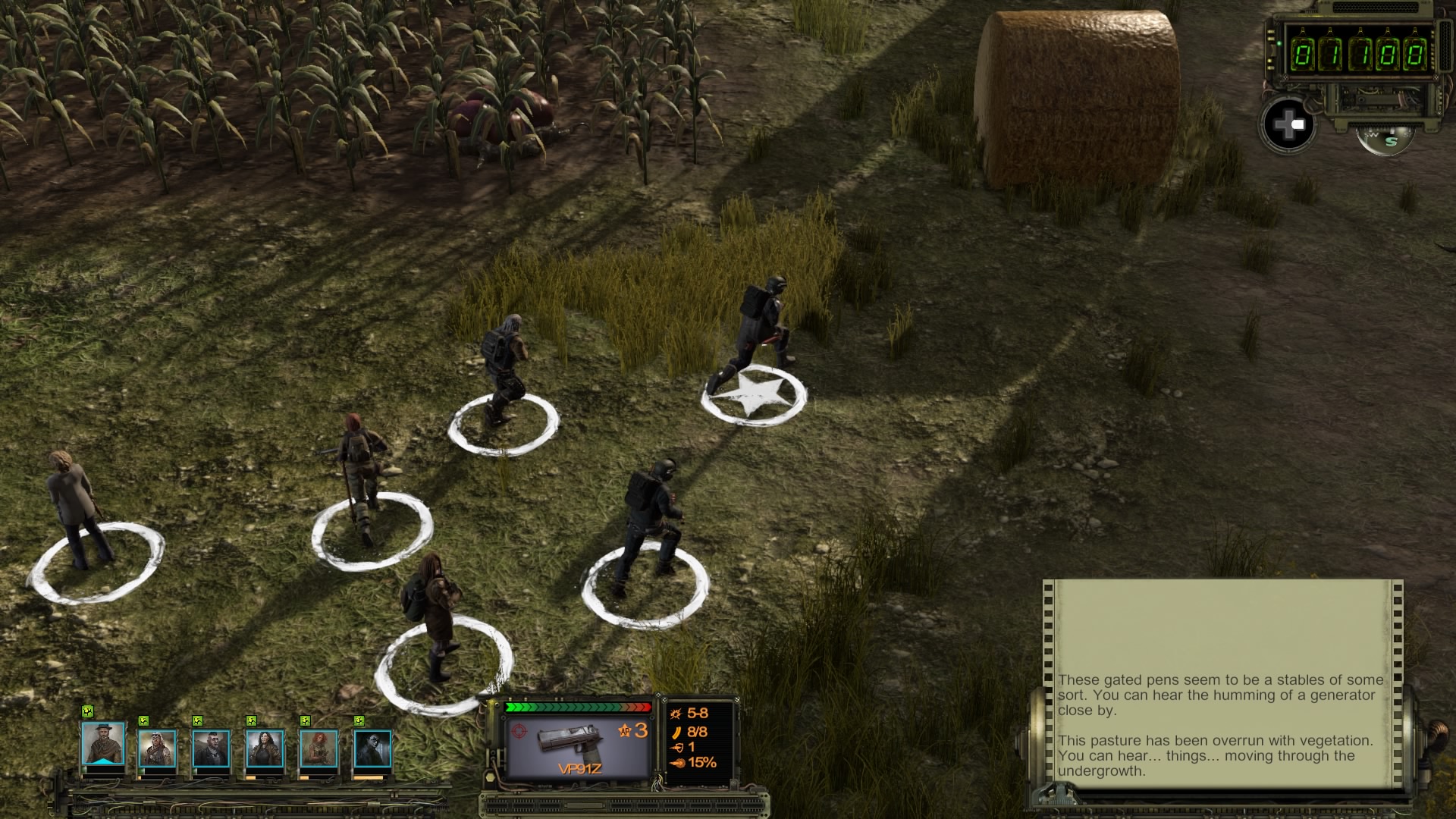
-
Wasteland 2: Director's Cut Review Gallery
